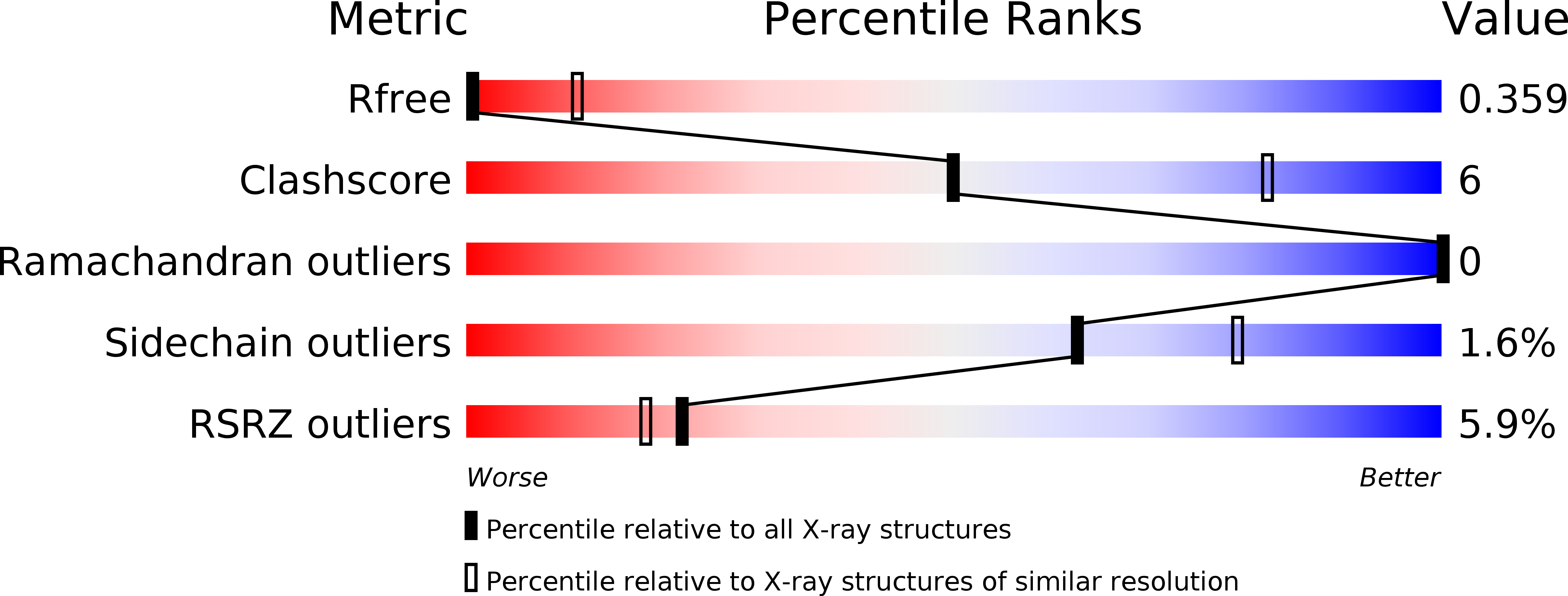
Deposition Date
2017-07-25
Release Date
2018-08-08
Last Version Date
2024-11-20
Entry Detail
PDB ID:
5WKX
Keywords:
Title:
Barium sites in the structure of a resting acid sensing ion channel
Biological Source:
Source Organism:
Gallus gallus (Taxon ID: 9031)
Host Organism:
Method Details:
Experimental Method:
Resolution:
4.03 Å
R-Value Free:
0.31
R-Value Work:
0.30
R-Value Observed:
0.30
Space Group:
P 21 21 21


